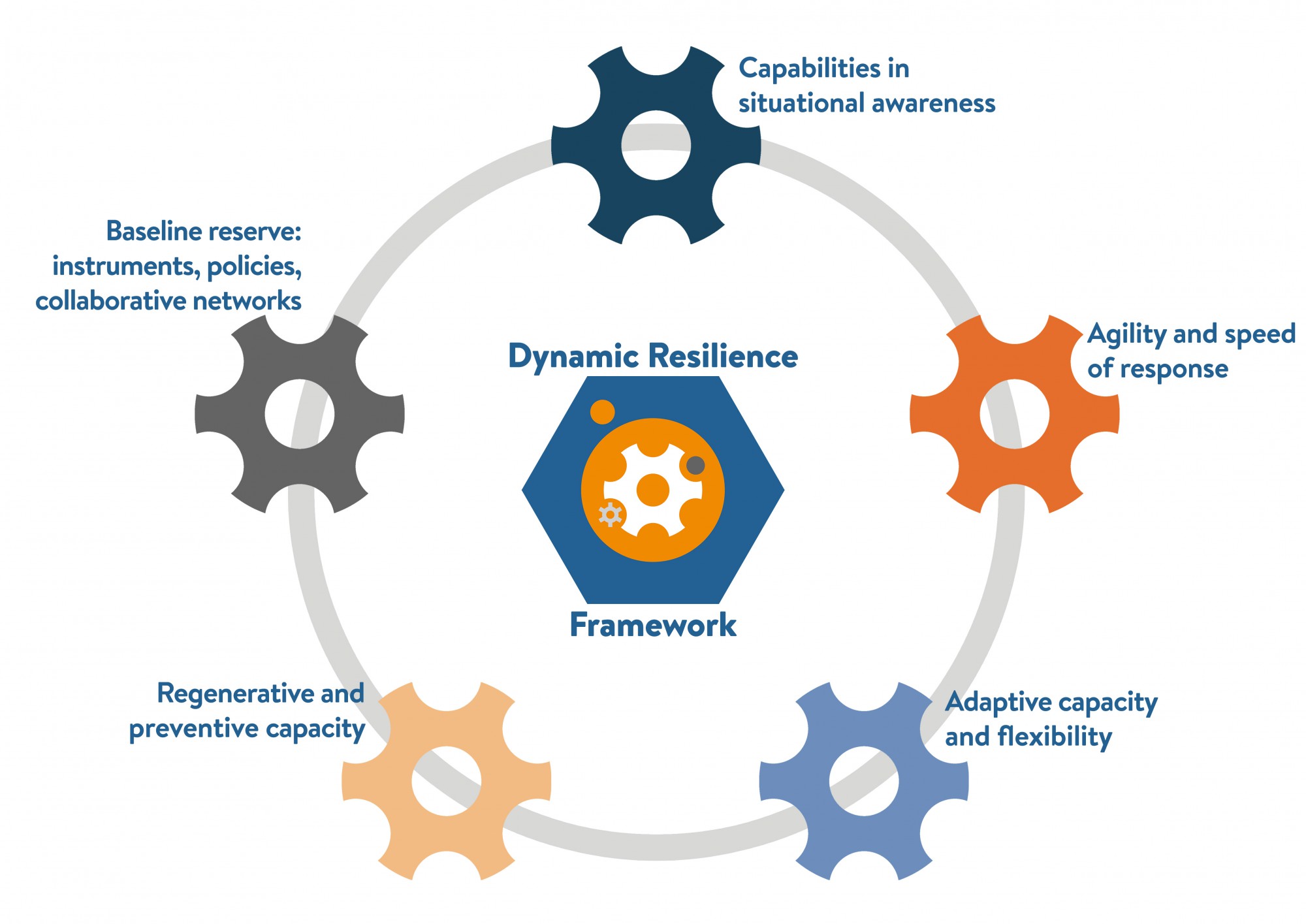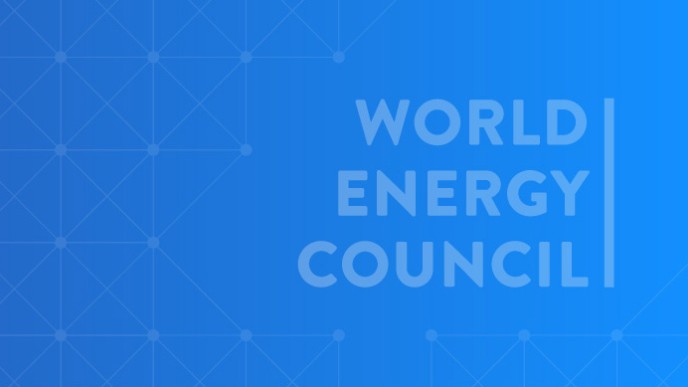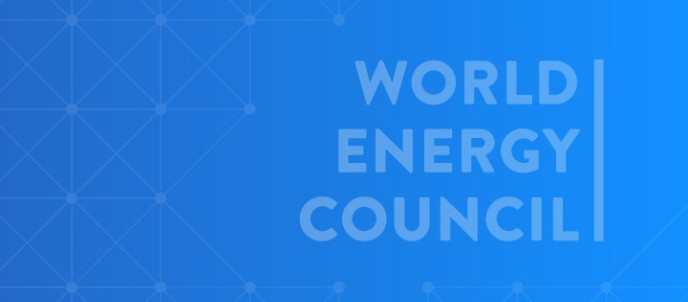Dynamic Resilience Framework
Energy systems need to prepare for multiple and complex emerging risks. Increasing frequency and severity of extreme weather events, weather-dependent and intermittent renewable energy requiring new storage options and digitalisation bring new opportunities. But they also present new cyber security threats and data integration challenges.
The Dynamic Resilience Framework is an integrated approach to emerging risk management that contributes to building capacity and capabilities for managing the resilience of energy systems. Resilience to specific events and systemic shifts can be enhanced by situational awareness of the different types of risks preparedness for future developments.
The Dynamic Resilience Framework focuses on three workstreams:
- Extreme Weather: Lessons learned from use case studies, including the impact of extreme events on energy systems and the needed investments to mitigate risk
- Cyber risks: Policy gaming to drive dialogue and resilient strategy sharing
- Geo-spatial analysis: Visualisations and dynamic mapping to anticipate and respond to assets management risk.

Overarching questions to explore:
- How might energy systems be designed, priced and managed for dynamic resilience for a diverse range of systemic risks?
- How will climate change adaptation impact energy systems transition?
- What examples of past risk responses can serve as best practice for a resilient future?
The Dynamic Resilience Framework considers five sets of capabilities.
- Baseline Reserves – Collaborative Networks / Policies / Stockpiles
- Situational Awareness / Assessment of Risks
- Agility / Speed of Response
- Adaptive Capacity / Flexibility
- Regenerative / Preventative Capacity
The Dynamic Resilience Framework can be used to:
- Move beyond passive security measures, adapting to complex and evolving risk situations
- Strategically plan across different risk realities of weather, water, cyber, and other systemic and emerging risks
- Design processes to safely embed new digital technologies, applying an adaptive and anticipatory approach
- Enable forward thinking regulation, by helping regulators can use the DR approach to anticipate evolving risks and signal strategies for regulation to industry.






